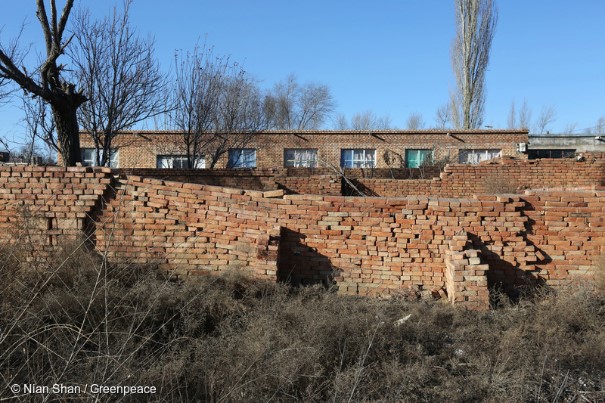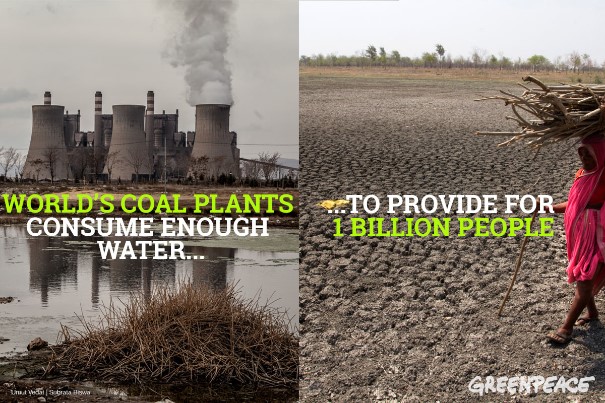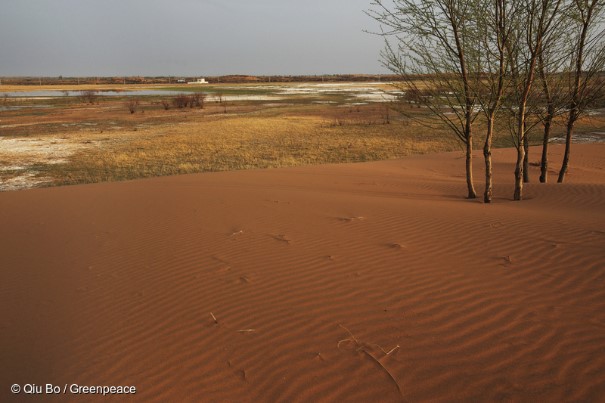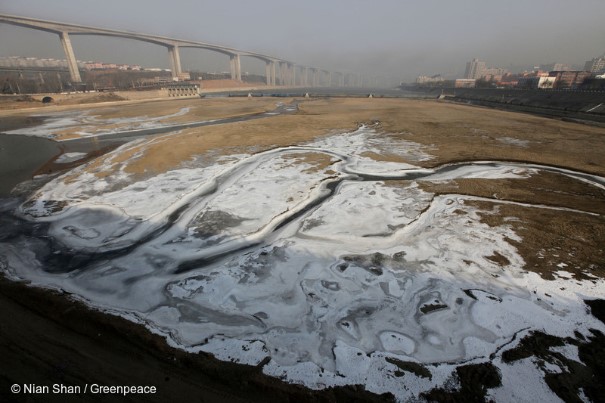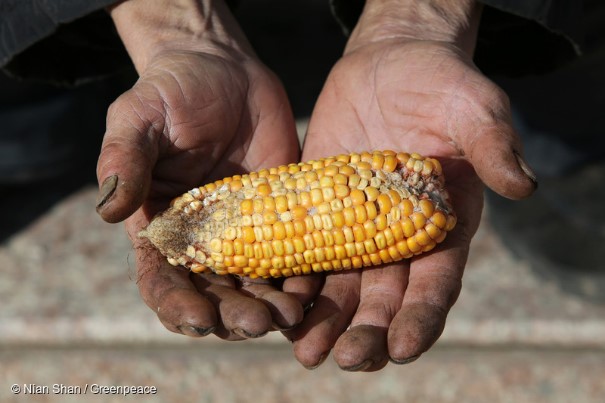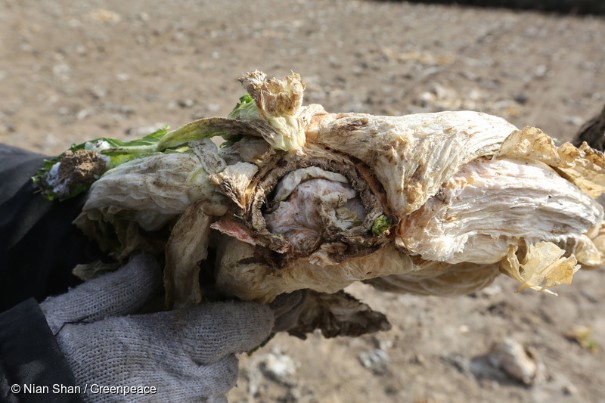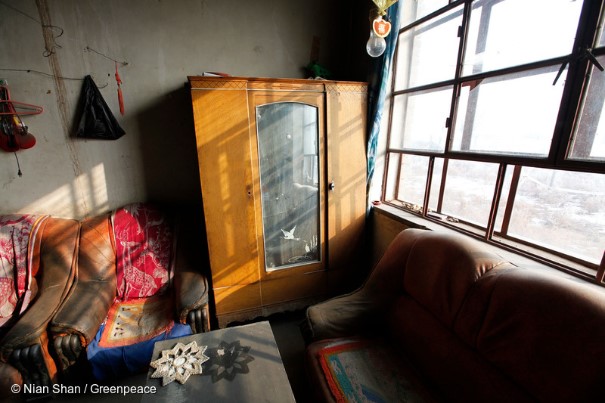The Kuye River Basin in Northern China is already suffering from severe water stress. So why is the development of water-intensive coal power continuing to be permitted there?
Walking into Wuchengong Village it’s hard to believe that it used to be a thriving farming community. The quiet, heavy silence of homes long-abandoned, create an eerie calm.
The dry, dusty paths and cracked houses are reminiscent of a post-apocalyptic movie, but this isn’t fiction. Across northern China, homes are sinking into the ground and it is the result of decades of exploitation by the coal industry.
Thirsty coal
Our planet’s water supplies are at crisis levels. Water scarcity has been named as the biggest environmental challenge of the decade by the World Economic Forum. Despite this, water-intensive coal power plants are continuing to suck dry these already desperately fragile regions, to power the coal industry.
We know that coal burning is one of the biggest contributors to air pollution and climate change. But coal power plants also require an enormous volume of water to operate. An average-sized 500 MW coal power plant can withdraw enough water to suck dry an Olympic-sized pool every 3 minutes.
China is already facing severe water shortages.
As the world’s top user of coal-fired electricity China is facing a huge coal / water conflict across its already arid northern regions. 45% of coal-fired power plants are located in areas that are already suffering from over-withdrawal of water.
The effects have been devastating.
Dried up lake in Inner Mongolia
The Kuye River Basin
The Kuye River isn’t the most severely depleted water source in the country, but future plans to develop the coal industry there could make it the scene of the biggest coal water conflict the country will face.
With its origins in the Ordos, Inner Mongolia, the Kuye River is a main tributary to China’s mother river, the Yellow River. For centuries, the river has provided drinking water and field irrigation for the people of Shenmu County.
It’s also located in a huge coal power energy base.
For years, local residents have been forced to compete with the coal industry for access to vital water resources. The Kuye River has been exploited mercilessly by the local coal industry, to the extent that it no longer flows all year round.
Despite this, there are further plans to develop the coal power industry in the area.
This would be disastrous. A Greenpeace investigation into the coal industry’s water grab has shown that by 2020, the river basin’s coal industry’s consumption will exceed the projected water supply within the river basin by nearly 10 million cubic metres.
Spoiled crops, forced migration and lost communities
The Tuwei River, another tributary of the Yellow River, runs parallel to the Kuye.
Residents of nearby Gaojiapu village share a reservoir with a nearby industrial park after their main water source became unsuitable for drinking.
According to local residents, the fertile soil abutting the Tuwei River used to produce abundant crops of rice and watermelons. Since the nearby industrial park was built on the upstream of the river, this has become impossible.
Corn production in the village has reduced dramatically in the past 15 years
Cabbage crops spoilt by water from the Tuwei River
Communities surrounding the industrial parks have been pushed to the brink. Unable to adapt to the increasingly desperate circumstances caused by the coal industry’s exploitation of the area, entire villages of people have been forced to move elsewhere.
Shujihe Village has become a ghost town after ground collapse and dying crops made it impossible to live there.
Abandoned home in Shujihe Village
It’s clear that this can’t go on. The coal industry already pollutes our air and fuels climate change. Now it’s depriving us of our most basic need: water.
There needs to be a moratorium on coal power plants in areas that suffer from water over-withdrawal, and a focus on transitioning to safe, clean renewables.
Renewables consume little or no water and don’t emit greenhouses gases. And as China’s renewables industry is booming, there’s no better time to take the step.
It’s time to choose water for life, not for coal.
Meng Qi is a climate and energy campaigner for Greenpeace East Asia

